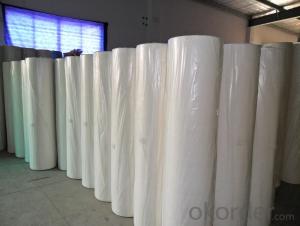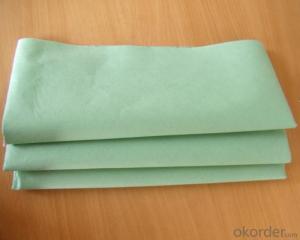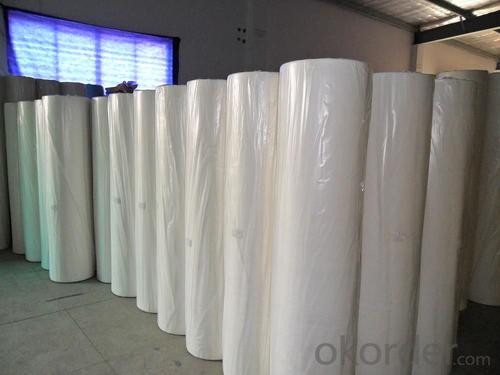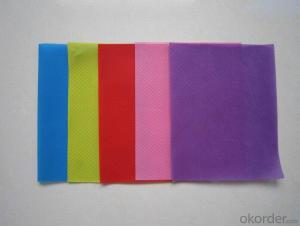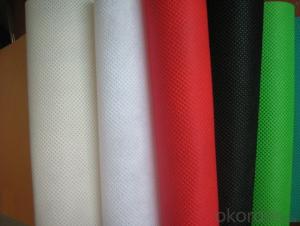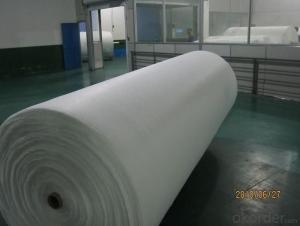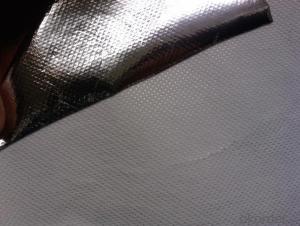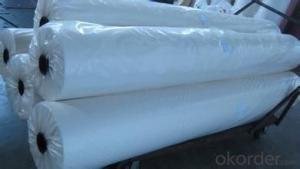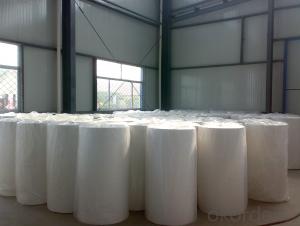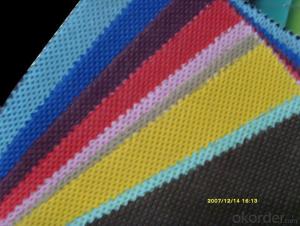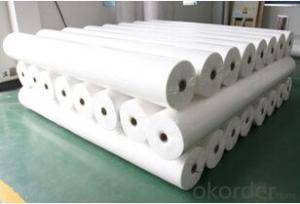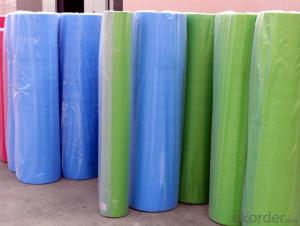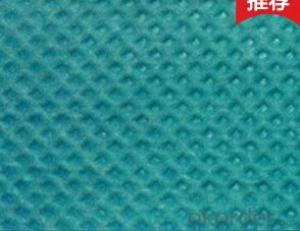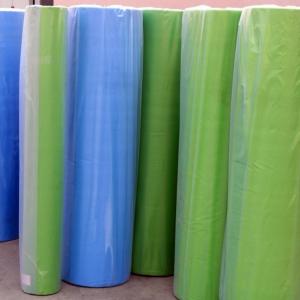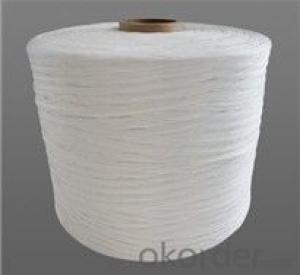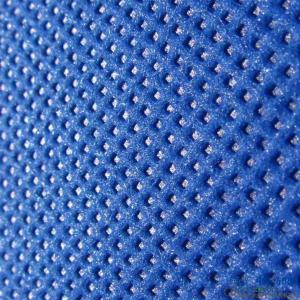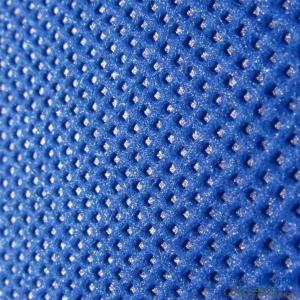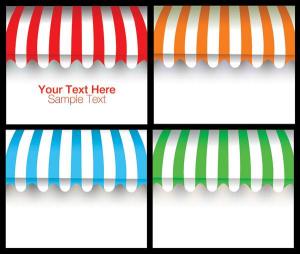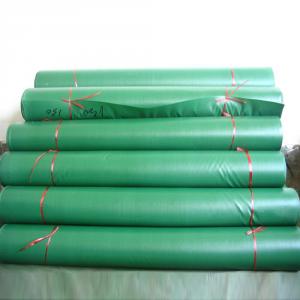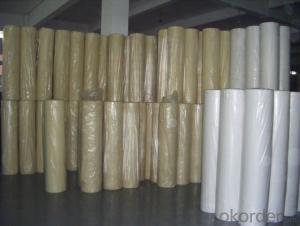Flame Retardant PP Non Woven Fabrics Used For Spring Matress
- Loading Port:
- Shanghai
- Payment Terms:
- TT OR LC
- Min Order Qty:
- 1000 kg
- Supply Capability:
- 10000 kg/month
OKorder Service Pledge
OKorder Financial Service
You Might Also Like

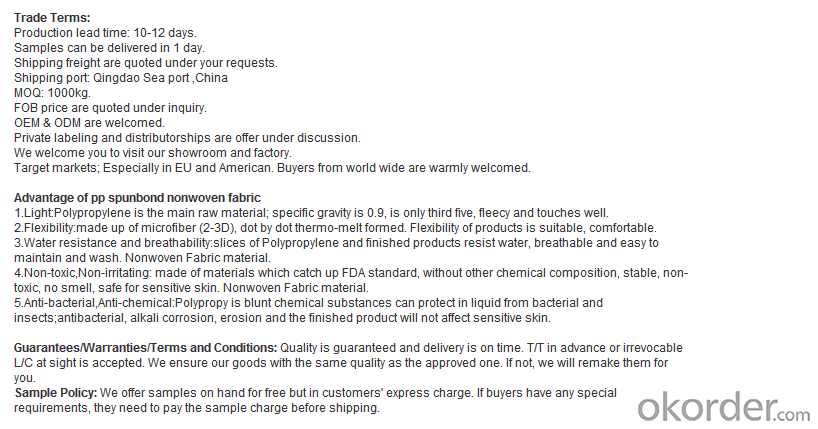

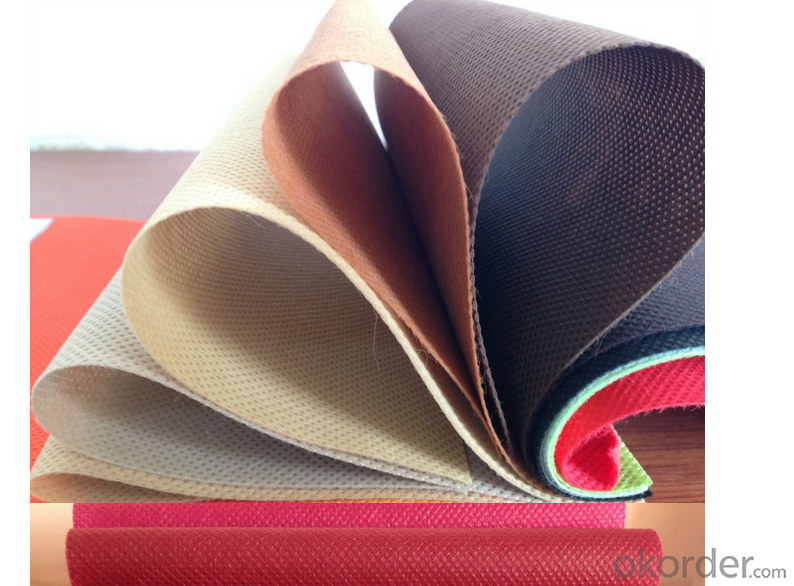
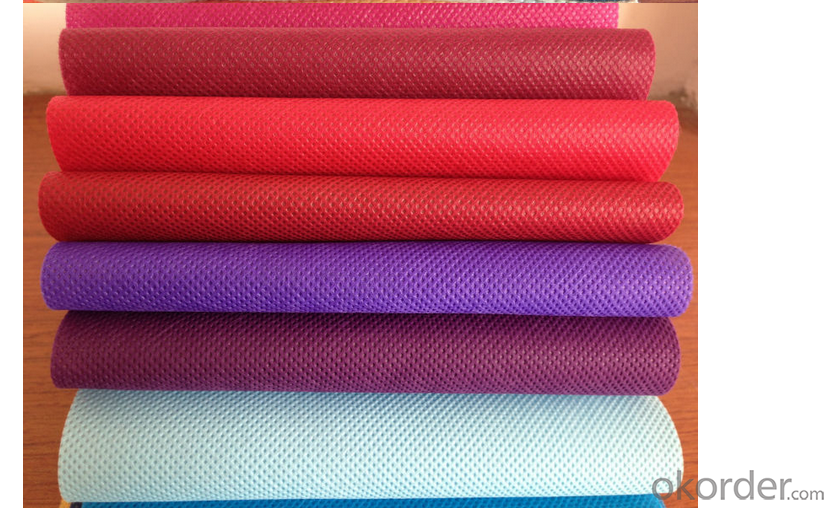
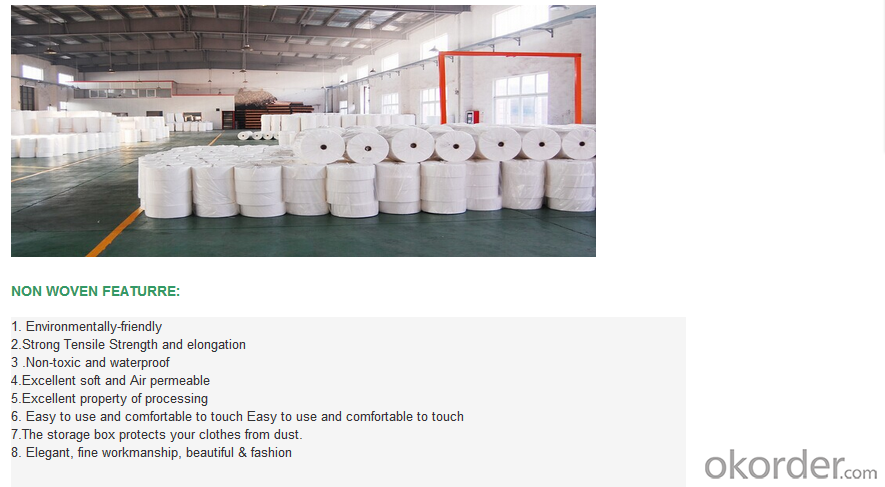
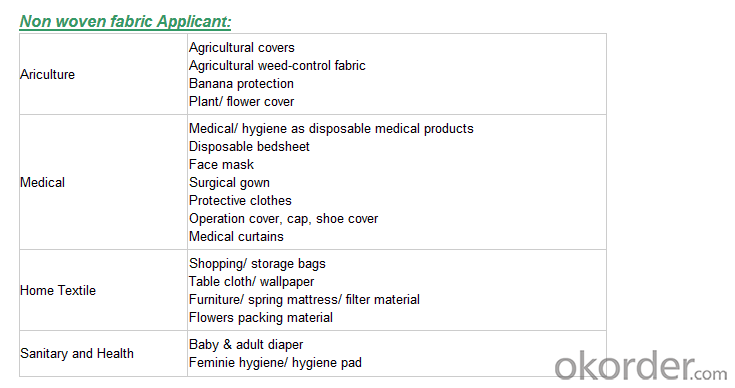
We are recognized as a reliable Manufacturer, Exporter and Supplier of Non Woven Fabric. We can provide Non Woven Fabric in any gram/m2 and any colour required by customer. Non Woven Fabrics are broadly defined as sheet or web structures bonded together by entangling fiber or filaments (and by perforating films) mechanically, thermally or chemically. PP Spun bonded Non woven Fabrics are produced using a precise extrusion-based technology. The polymer is stretched into a continuous filament and loosely spread onto a conveyor belt to form the web. Air is used to form and lay the fabric filaments. On the other hand, some non woven fabrics can be recycled after use, given the proper treatment and facilities.
Product Specifications
Weight: 10 - 150 gsm
Width: Max 1600 mm (can be slit)
Fabric Roll Length: As per buyer’s need ( 200 - 1200 Mtr)
Color: various colors available.
Procedure of production: Spun bonded Non Woven, Diamond design
Material: polypropylene
Minimum Order: 1000 Kg
Sample: sample free, freight collect
Product Application
Non woven fabric manufacturers usually manufacture the fabric in a roll form. It is then sent to various other industries where it has end applications, where is it cut and given different form depending upon the use. They can also be used in combination with different materials and offer a wide range of products.
Colored Non woven fabrics are use in many sectors and variety of applications, such as Health, Hygiene, Medical, Packaging, Agriculture, Furniture Upholstery, Geo Textiles, Leather Industry, Shoes and Garments. Customers come from the textile and automotive industries as well as many other sectors.
- Q: What kind of fiber can be used as textile fiber
- Animal fiber, animal fiber is the animal hair or insect gland secretions obtained in the fiber. The hair from the animal hair has wool, rabbit hair, camel hair, goat hair, yak cashmere, etc .; from the animal gland secretions get fiber and so on.
- Q: Textile fabric classification, dyeing and finishing processing is what?
- You talk about the details of the Yeah, textile fabrics are divided into two categories: knitted fabrics and woven fabrics, as well as non-woven I do not know count, huh, huh
- Q: Textile machine, I should use single-phase power or three-phase electricity
- As long as the power of the same, three-phase power and single-phase power production capacity is the same. What is the key to your connector (input) Three-phase electrical industrial electricity, the voltage is more stable
- Q: What is the difference between the nonwovens industry and the textile industry?
- Textiles are raw materials of cotton, or man-made fibers. Is made of textile machinery, no glue composition. For clothing, bedding and other uses with the human body.
- Q: Textile finishing TPU, TPEF film. What's the difference?
- Both the performance is almost the same, but the former more environmentally friendly, as follows
- Q: What is the textile technology profession now?
- Textile materials and experiments; introduction of textile fiber, yarn, fabric type, composition, structure and performance; testing of textile properties; factors affecting the performance of textile materials; textile materials on the impact of textile processing technology;
- Q: What are the raw materials for textiles?
- Modern textile products range, widely used. People wear on the head, who wear, hands on the set, the feet are inseparable from the textiles.
- Q: How does the chemical composition of the textile be analyzed?
- Cotton, hemp, wool (sheep, rabbit), silk, polyester, viscose, spandex, nylon, cashmere and so on
- Q: Do you need to do environmental protection for dry textile processing?
- Family business is to all the property owned by the family, personal business is funded by the individual property.
- Q: Today, the national textile market prospects
- We have never doubted that the difficulties will be over, but did not expect the outcome so beautiful, completely exceeded expectations. At the beginning of the year, Sun Yukie, deputy general manager of Ningbo Lion Dan Nu Group Co., Ltd., was feeling that in the first quarter of 2009, the company's orders were reduced by 50% and sales fell by 19%. By the end of the year, operating income increased by 11.1% 38.1%. "
Send your message to us
Flame Retardant PP Non Woven Fabrics Used For Spring Matress
- Loading Port:
- Shanghai
- Payment Terms:
- TT OR LC
- Min Order Qty:
- 1000 kg
- Supply Capability:
- 10000 kg/month
OKorder Service Pledge
OKorder Financial Service
Similar products
Hot products
Hot Searches
